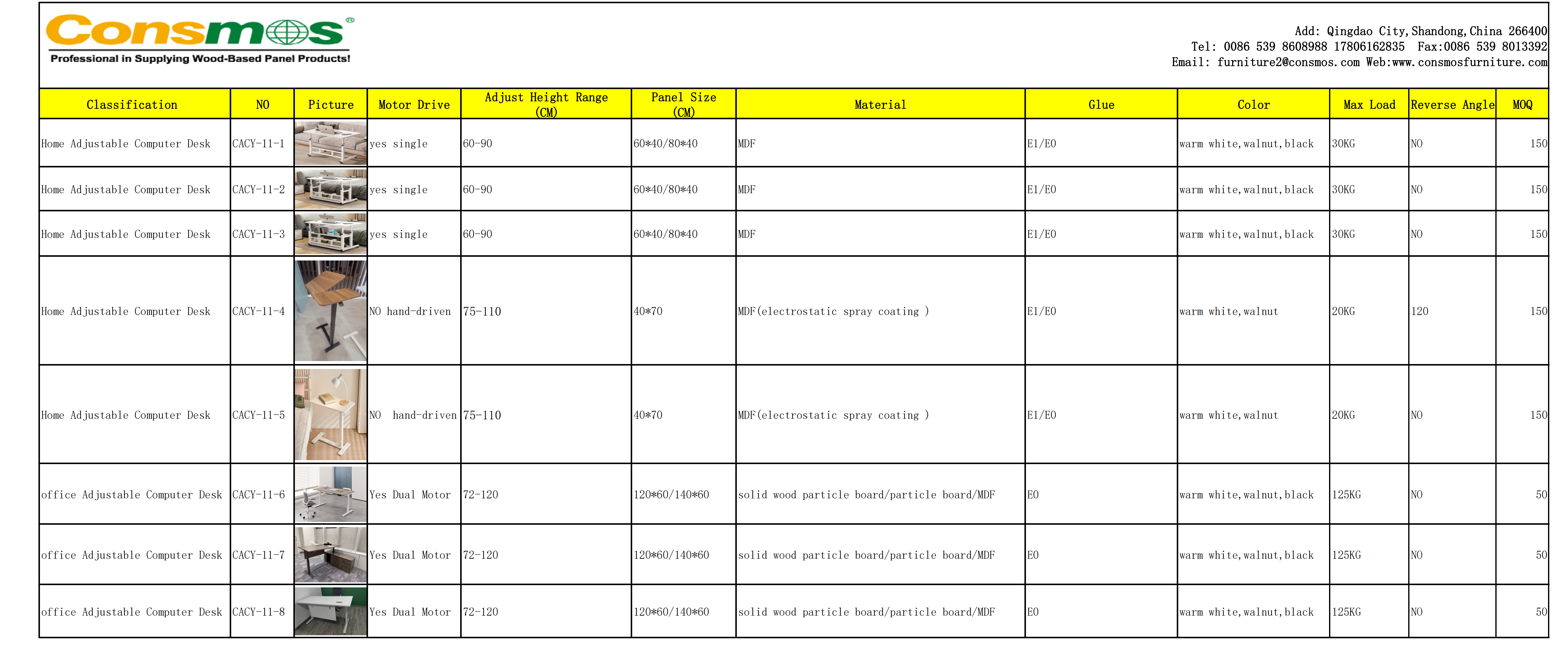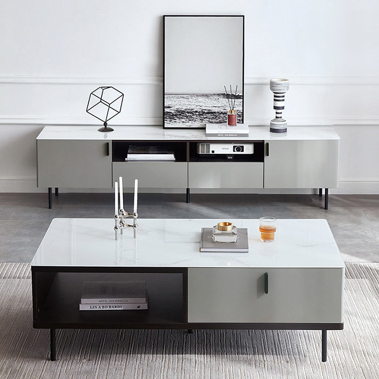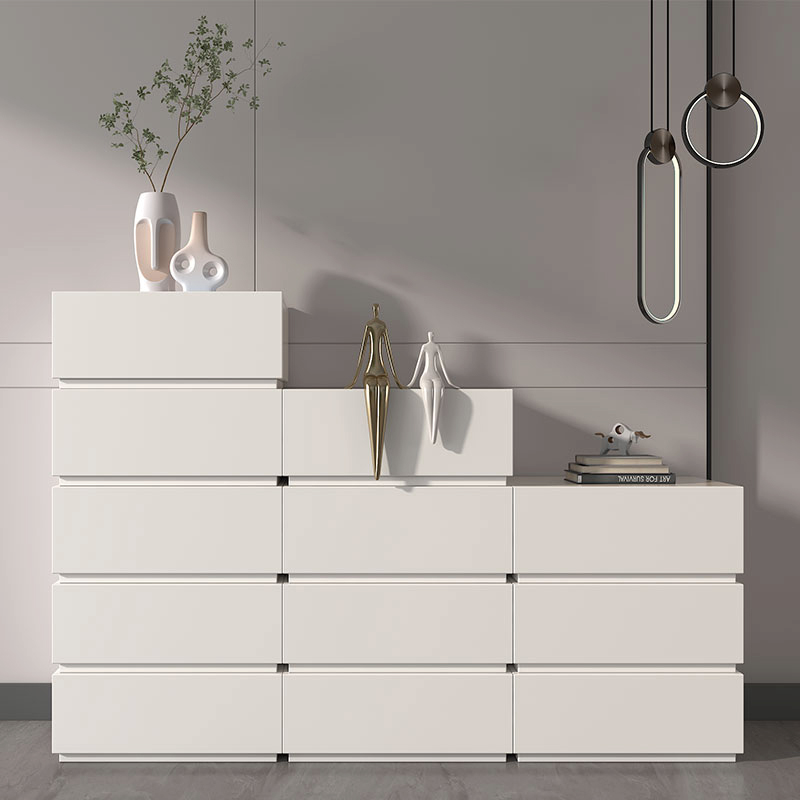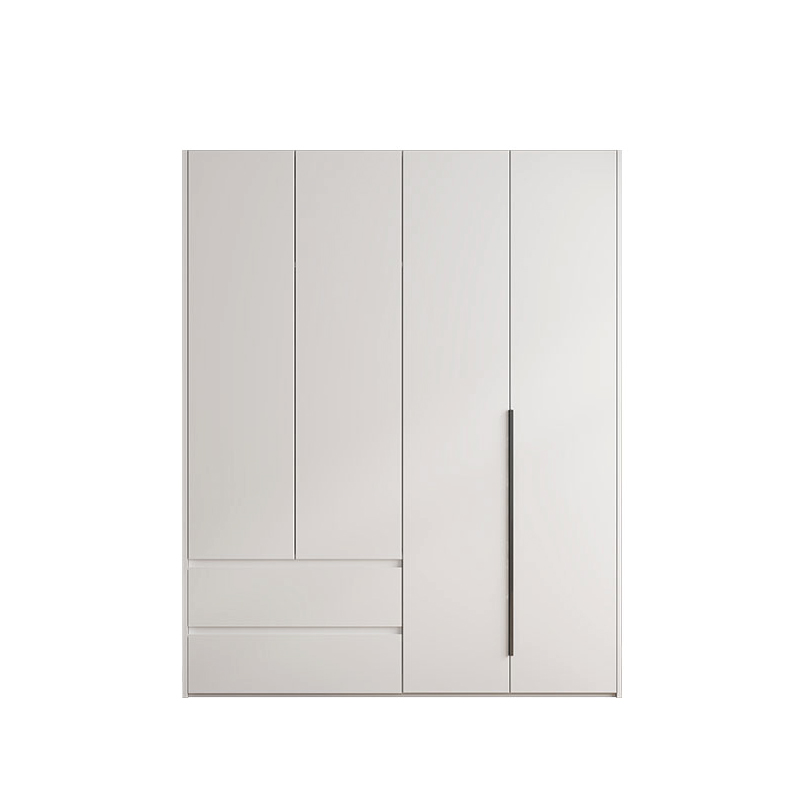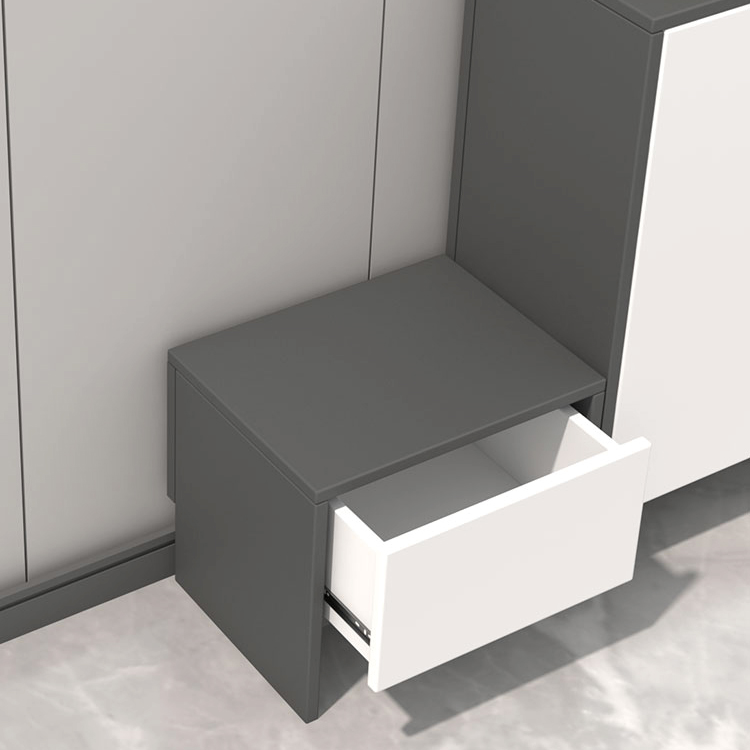If you've recognized the health benefits of height-adjustable standing desks and the risks of prolonged sitting, and are now searching for a suitable sit-to-stand workstation, these key selection criteria will help streamline your options.
1. Evaluate Height Adjustment Range
A premium adjustable desk should offer a broad height spectrum to accommodate users of varying statures. Look for models that can extend to comfortable standing heights for taller individuals while also lowering sufficiently for shorter users in seated positions, ensuring usability across families or teams.

2. Assess Weight Capacity
Load-bearing capability is a critical factor. Verify that the desk can securely support your computer setup, monitors, document organizers, and other essentials without wobbling—even at maximum height. Opt for a weight threshold that exceeds your typical load by at least 20% to future-proof against equipment upgrades.
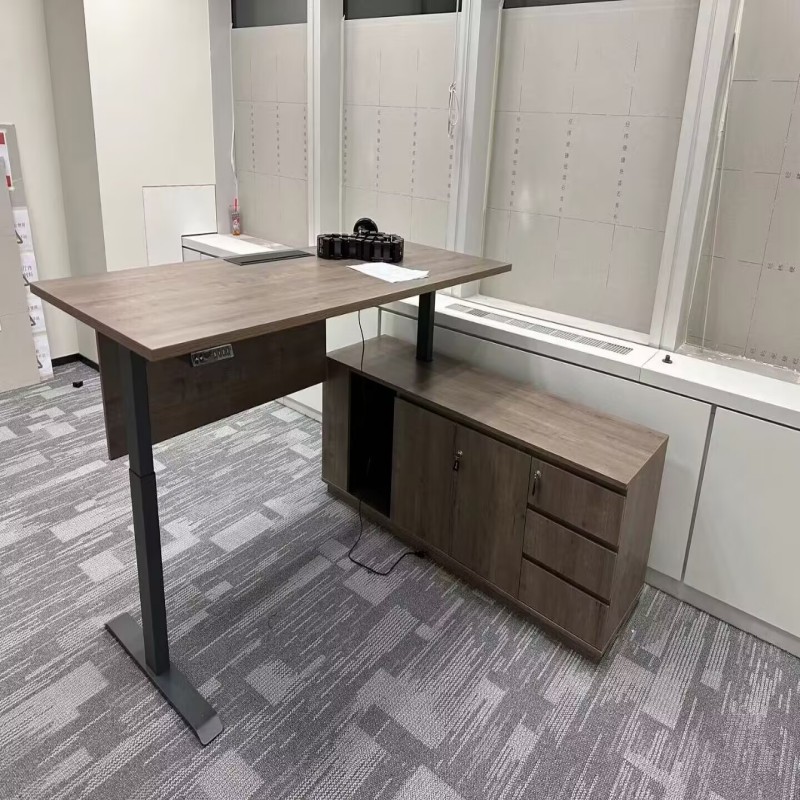
3. Check Stability & Durability
Prioritize desks constructed from high-quality materials like cold-rolled steel frames or solid wood tabletops with reinforced structures. Test stability by gently shaking the desk at different heights; top-tier models should exhibit less than 1 cm of horizontal movement at full extension, ensuring long-term resistance to warping or looseness.
4. Monitor Operational Noise
In shared workspaces or noise-sensitive environments, pay close attention to motor decibel levels for electric models (ideally <50 dB, equivalent to a soft conversation). For manual desks, focus on the smoothness of gas springs or gear mechanisms to avoid jarring sounds during adjustments that could disrupt productivity.
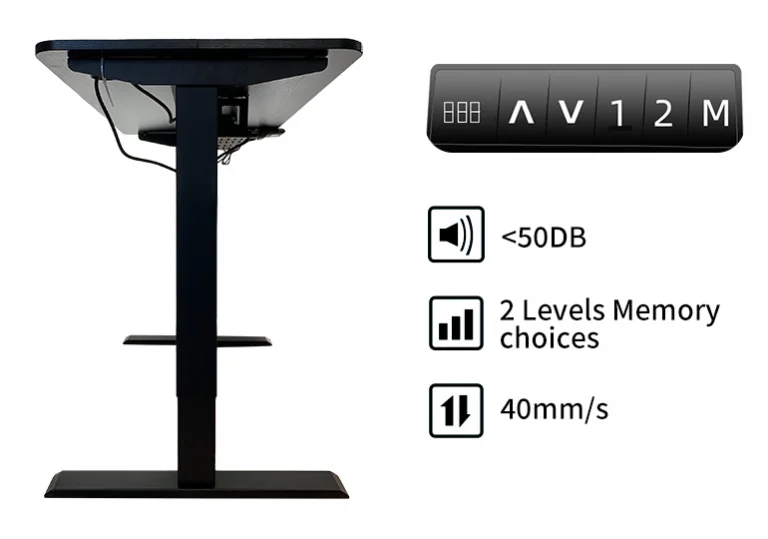
5. Consider Adjustment Ease
The fluidity of height transitions directly impacts user experience. Electric desks with memory presets allow one-touch switching between preferred sitting/standing heights, while manual models require testing handle resistance to ensure single-handed, fatigue-free operation during frequent adjustments.
6. Choose Drive Type: Manual vs. Electric
Height-adjustable desks come in two primary categories:
- Manual Models: Operated via gas pistons or crank mechanisms, these offer budget-friendly options suitable for infrequent use. They require moderate physical effort and have slightly less height precision.
- Electric Models: Motor-driven systems enable stepless, precise adjustments and multi-setting memory storage—ideal for frequent sit-stand transitions (e.g., hourly changes). Note that these come at higher costs and require convenient access to power outlets.
7. Plan for Space Compatibility
Measure your workspace thoroughly—including width, depth, and overhead clearance—to ensure the desk fits comfortably without obstructing lighting fixtures or cabinets during height changes. For compact areas, consider space-efficient designs like L-shaped or streamlined tabletops that balance storage and usability.
8. Balance Budget & Features
Pricing varies widely,so define your budget based on usage frequency and desired features (memory functions, USB charging ports, cable management). Basic models suit individual light use, while enterprise buyers or ergonomic enthusiasts may invest in advanced features like smart sensors or dual-motor drives for optimal performance-value balance.
By systematically evaluating these factors against your specific needs and workspace dynamics, you can select a height-adjustable desk that combines ergonomic design with functional efficiency—transforming your work routine into a healthier, more productive experience.
